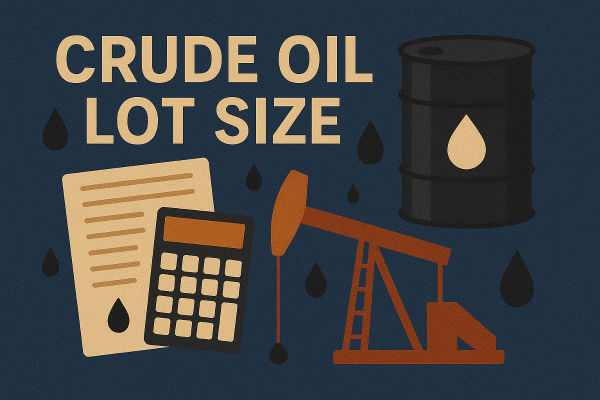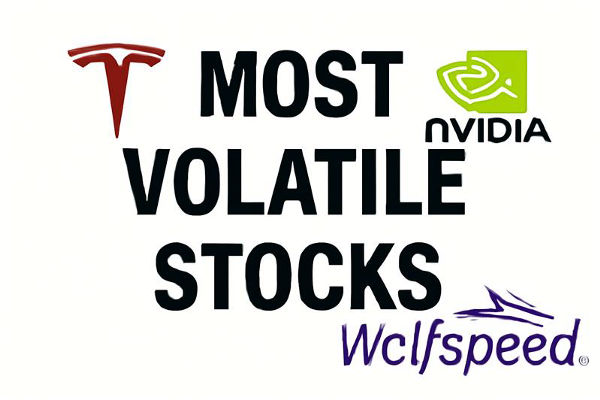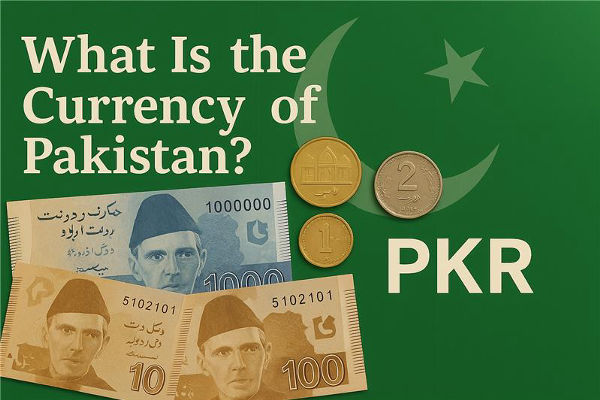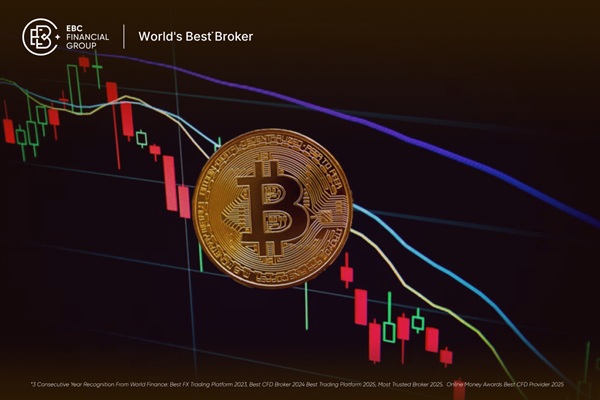Recent weeks have seen crude oil prices subject investors to a volatile experience, as Brent and WTI benchmarks have fluctuated dramatically due to geopolitical uncertainties, changing supply dynamics, and varied economic indicators.
Following a surge earlier this month due to concerns about an escalating conflict in the Middle East, both benchmarks have stabilised as ceasefire discussions alleviated worries about a supply interruption. Brent is currently priced at approximately $67 and WTI at about $64, undoing a significant portion of the risk premium included just a fortnight ago.
As markets brace for another week, traders, analysts, and energy executives are watching closely: will oil continue its downward correction, or could a fresh catalyst trigger a reversal? Here's what the experts are predicting.
Current Price Context: Cooling After June Spikes
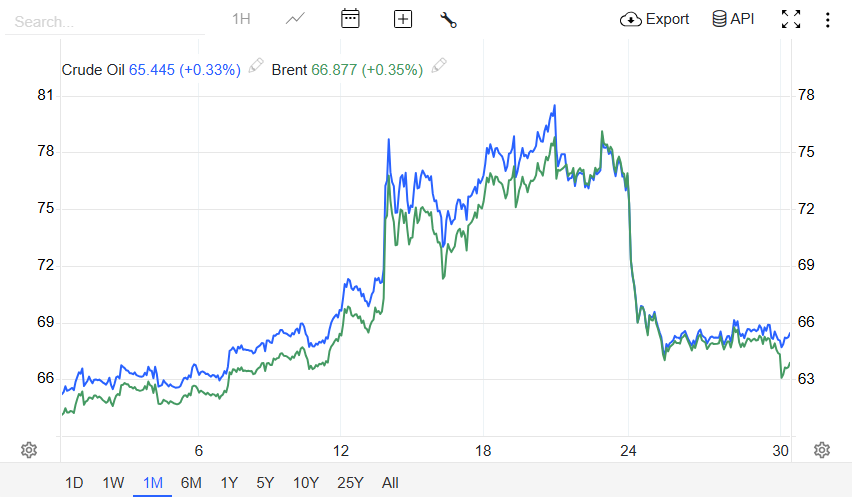
This week, oil prices retreated due to indications of reduced tensions in the Middle East and the possibility of increased OPEC+ output. As of June 30, Brent crude for August delivery has eased to about $67.11 per barrel, while WTI was around $64.58.
It comes after a sharp decline, representing last week's biggest dip since March 2023, despite both benchmarks posting monthly gains of over 5% leading into June.
Earlier, oil had surged above $80 amid the preliminary Iran-Israel conflict, driven by a geopolitical risk premium that has now largely receded with ceasefire developments.
Supply and Demand Fundamentals
The IEA's June report shows global oil demand growing at 720 kbpd in 2025, while supply outpaces demand—rising by 330 kbpd in May to 105 mbpd, which is around 1.8 mbpd more than a year ago. The result is a build of some 93 million barrels in global inventories over May, though lifted stockpiles are still 90 million barrels below last year's levels.
Similarly, EIA projections expect Brent to average $61 by year-end 2025, with a further decline to $59 in 2026 due to rising inventories and softening demand.
Crude Oil Price Forecast for Next Week: Expert Insights
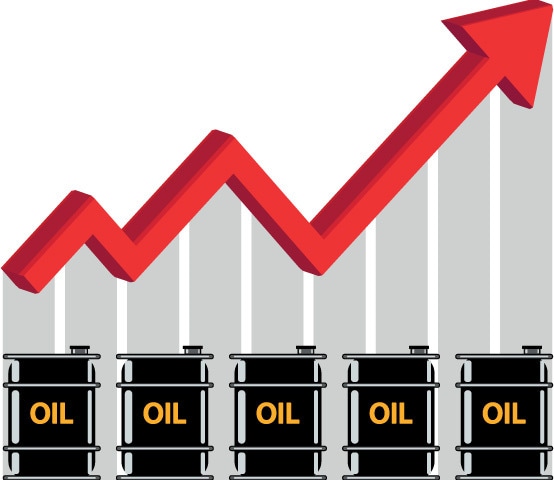
Analysts anticipate choppy conditions for the coming week, with prices likely to consolidate within the $65–70 per barrel range, barring fresh geopolitical developments.
Base Scenario: Consolidation in $65–70
As geopolitical volatility subsides and OPEC+ indicates plans to boost production in August, oil priceshttps://www.ebc.com/forex/oil-prices-forecast-what-to-expect-through are expected to move sideways. Attention is turning towards trends in U.S. crude demand and inventory data.
Upside Risk: Re-escalation in the Middle East
Any escalation—such as fresh assaults on Iranian sites or threats to the Strait of Hormuz—could reinstate a $10–12 extra premium, driving Brent closer to $75–80.
Downside Risk: Oversupply Signals
Ongoing inventory increases or negative indicators from OPEC+ and U.S. wells might pull Brent down to the $60–63 range, consistent with technical models predicting the breakdown of crucial supports.
Technicals & Market Structure
WTI fell below $67.84 support and is headed toward the $63.40 zone, underscoring a bearish reversal unless it rebounds above $67.70. For Brent, a weekly support test around $70.20 could trigger a bounce, though a drop below $65.05 would signal further downside risk.
Options positioning also reflects scepticism—$80 call volume implies traders are buying protection, while markets seek clarity on the fundamental supply-demand balance.
Key Short-Term Drivers
U.S. Inventory Reports: Weekly data from EIA will drive next week's session.
Macroeconomic Signals: Any dovish tone from the Federal Reserve or weak U.S. data might spark a risk rally, boosting oil prices.
OPEC+ Announcements: Any discussions ahead of their July 6 meeting, particularly on output increases, will directly impact price levels.
Geopolitical Shocks: New developments in the Middle East—especially near Hormuz—remain a wildcard.
Conclusion
As we approach the first week of July 2025, crude oil prices are entering a critical juncture. The reduction of geopolitical tensions and the possibility of higher OPEC+ supply have altered the market's sentiment from anxiety to prudence.
With Brent hovering around $67 and WTI near $64, prices appear set to consolidate unless fresh disruptions or economic surprises emerge.
Experts are divided—some see downside risk from rising inventories and soft demand, while others highlight structural tightness and seasonal upticks as reasons for a possible rebound.
Disclaimer: This material is for general information purposes only and is not intended as (and should not be considered to be) financial, investment or other advice on which reliance should be placed. No opinion given in the material constitutes a recommendation by EBC or the author that any particular investment, security, transaction or investment strategy is suitable for any specific person.








